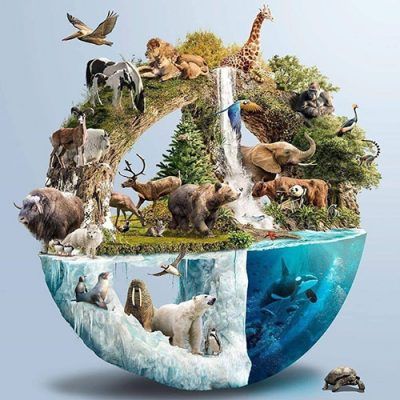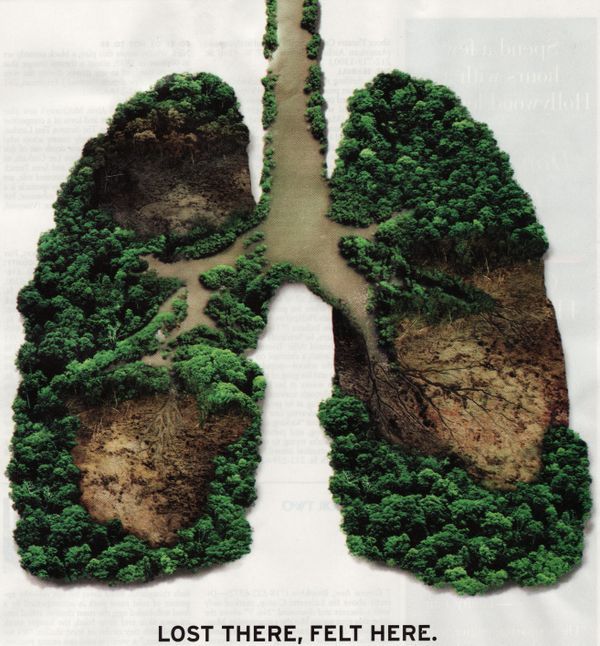STABILIZING OUR CLIMATE BY PROTECTING AND RESTORING NATURE
To prevent irreversible harm to the climate that supports us, humanity must emit less climate-warming greenhouse gases while also removing excess carbon from the atmosphere. But even if the world instantly stopped using fossil fuels, we would fail to avert a disastrous climate scenario if we did not also reverse the destruction of ecosystems that absorb and store carbon.
In other words: If we don’t protect and restore nature, we won’t save the climate.


THE FACTS
Natural climate solutions are at the heart of Conservation International’s work. These are actions that conserve, restore or improve the use or management of ecosystems while maintaining their capacity to absorb and store carbon from the atmosphere. These solutions also provide a host of additional benefits — filtering fresh water, providing breathable air — that other approaches to climate change don’t offer.
Even better: Nature can do this today — cost-effectively, and at the massive scale required.
PLANETARY GOALS
-Where humanity needs to be by 2030-
Scientists have identified the global need to avoid 5 gigatons of carbon dioxide (CO2) emissions per year by preventing the destruction of high-carbon ecosystems, and to remove 5 additional gigatons of CO2 per year through the restoration and sustainable management of the landscapes that serve as Earth’s natural “carbon sinks” by 2030.
WHAT WE ARE DOING ABOUT IT :
Our strategy focuses on ensuring that natural ecosystems are worth more alive than dead. Deforestation rates have climbed in recent years — with short-term economic interests outweighing the long-term value of forests. Conservation International’s work aims to replace an extractive economy with a regenerative one through innovation, collaboration and by partnering with Indigenous peoples and local communities.
Together, we are:
- Working with businesses and governments to minimize deforestation by addressing its largest drivers, particularly agricultural expansion.
- Identifying and mapping high-carbon ecosystems such as mangroves, tropical peatlands and old-growth tropical forests that, once lost, are extraordinarily difficult to replace.
- Guiding public and private investments to initiatives such as REDD+ (Reducing Emissions from Deforestation and forest Degradation), a UN-backed approach to fight climate change by conserving forests.
- Developing methods to increase the return on investment in tropical reforestation, making it more attractive for governments and private investors.
- Supporting local and Indigenous communities to protect forests on their lands.
- Mainstreaming and maximizing nature’s role for achieving climate goals in national and international climate actions.





